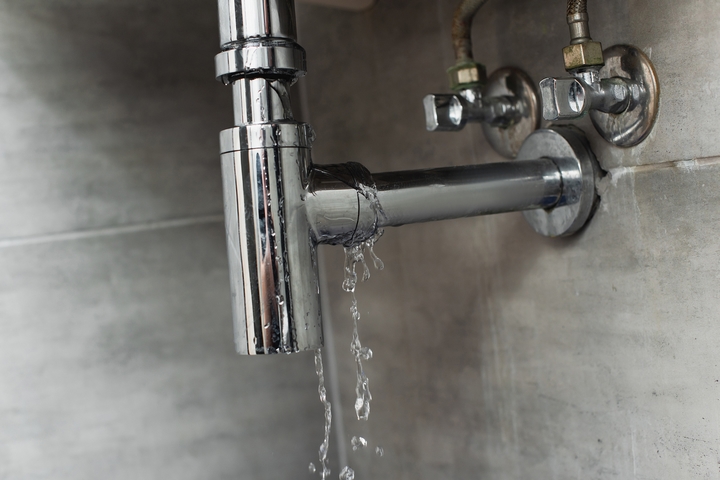
How to Seal a Leaking Pipe
A leaking pipe can be a nightmare not only in your home but in your pockets too. Besides causing unwanted wetness around your home, a leaking pipe will likely affect your water supply, boiler pressure, and central heating system.
Leaking pipes can be distressing, especially in escalating water bills to alarming levels. With our sealing measures, you are now sorted with that pipe leak on your nerves. However, you don’t have to wait until the leakage gets severe. Taking the appropriate action early enough helps to minimize the level of damage that would have otherwise occurred.
Most people tend to contact the plumber right after a pipe leak, while you don’t necessarily have them to repair all your leaking pipes and loose connections. Some leaks are easy to fix with DIY expertise.
Let’s learn how to seal a leaking pipe.
1. Turn off the water supply
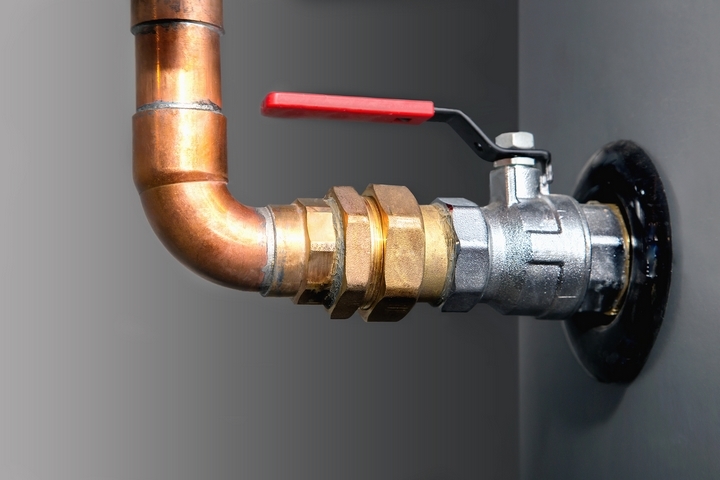
The first step to sealing a leaking pipe is to turn off the water supply leading to the leakage. It’s even easier switching off the main water supply if not in use. This move will offer you the time to evaluate other possible measures that could temporarily or permanently stop the leakage. It also saves more water from going to waste as you gather your thoughts.
2. Apply the epoxy paste
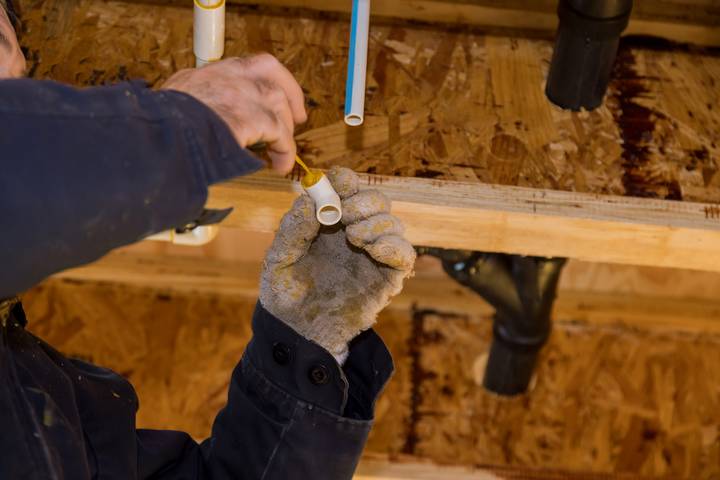
You can temporarily try sealing the crack or hole with a rubber and epoxy paste as you consider other long-lasting measures. Ensure to appropriately wear thin gloves to help you work on the pipe comfortably while protecting yourself from the corrosion effects of the epoxy paste. This paste is available in several stores and various sizes, so don’t worry about where to get one.
To apply epoxy paste:
- Put an appropriate amount of epoxy paste in a container and knead it with your fingers until it attains a light grey colour.
- Apply the paste to the leaking area sandwiched between two rubbers based on the length of the crack.
- Let the site rest for 10-15 minutes before turning the gate valve on.
3. Clamping for small leaks
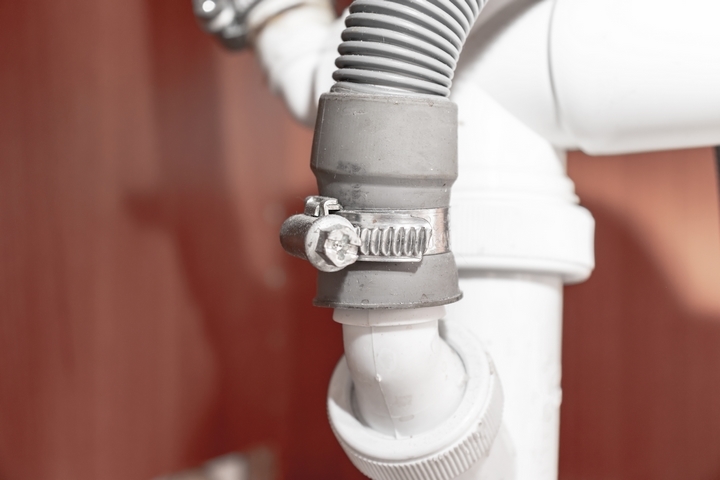
Pipe clamping has proven effective in managing small leaks, although temporarily. Pipe clamps come with rubber stoppers that seal small pipe leaks tight. Ensure to get a pipe clamp that matches your pipe size by first measuring the diameter of your leaking pipe for efficient results. Even better, pipe clamps are available in several hardware stores, so getting one won’t be a hassle.
Note: Clamping works on copper and PVC pipes only.
To clamp your leaking pipe:
- Position the rubber stoppers on the leaking area.
- Fit the clamp around the plug and reinforce the bolts.
- Turn on the gate valve and check for leaks.
4. Use tape to seal pipe leaks
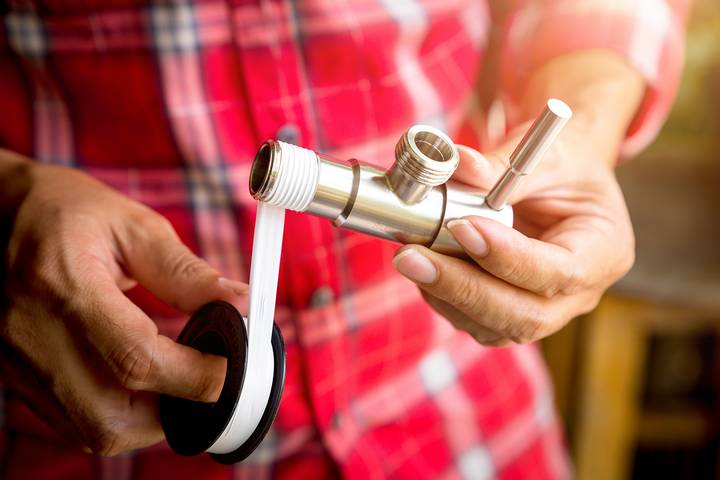
We suggest using waterproof duct tape for a quick fix on a leaking pipe. After turning off the water supply, wipe the leaking area until it is completely dry, then apply the duct tape.
Overlap the tape tightly around the pipe 5 or 6 times. You can now turn the water supply on to evaluate the effectiveness of your efforts. Remember that duct tape might not be helpful for severe leaks.
5. Make use of repair sleeves
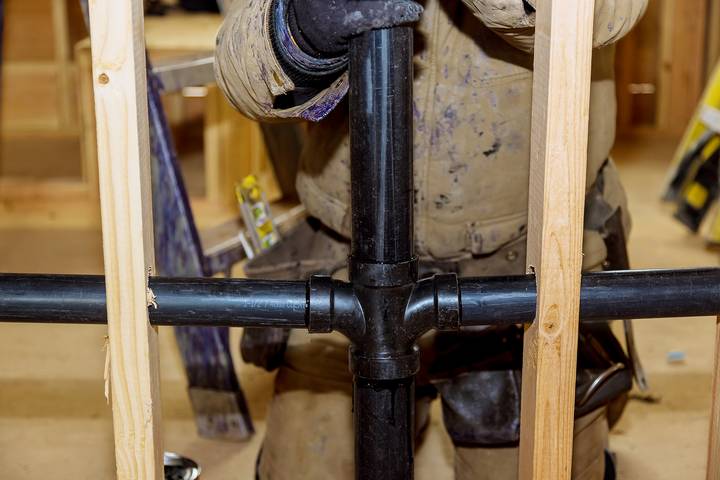
Repair sleeves work like pipe clamps to provide a temporary seal to a leaking pipe. They are easy to install and available in most stores and hardware. While using repair sleeves, turn off the water supply, clean the leaking area, and situate the sleeve(s), ready to tighten the leaking pipes.
6. Slip coupling for seal pipe leaks
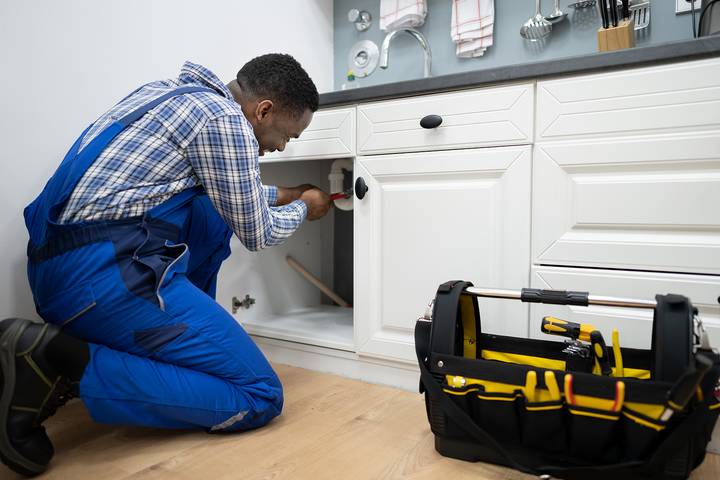
Slip couplings are tiny, waterproof connections that join two different pipes. Get a slip coupling that matches your leaking pipe’s diameter and is long enough to cut out the leak.
Also, the type of material is crucial as different pipe materials align with varying slip couplings. These connections are easily accessible and affordable to efficiently fix a leaking pipe. Slip coupling can be a permanent solution for your leaking pipe if they’re of the best quality and installed correctly.
7. Consider replacing the leaking pipe
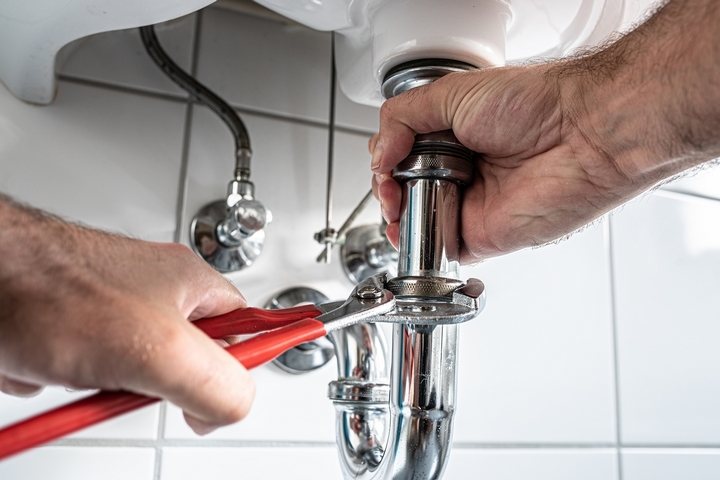
After trying several seal measures for your leaking pipe with no positive results, it might be the right time for a replacement. Getting rid of your cracked, leaking pipe and replacing it with a new one will save you plenty of water that would otherwise go to waste.
Additionally, you will no longer have to dig deeper into your pockets for high water bills in the future. For pipe replacement, you can go for brands of higher quality to curb possible leaking.
8. Contact a plumber

You need to contact a plumber if all your efforts to repair the leaking pipe are futile. Plumbers offer the best advice and services regarding leaking pipes due to their expertise. Their skills and knowledge about plumbing defects are higher than most DIY measures.
Maybe you thought to only have leaks from your kitchen pipe; a reputable plumber will point out other leaking areas and those with a high possibility of leaking soon.

